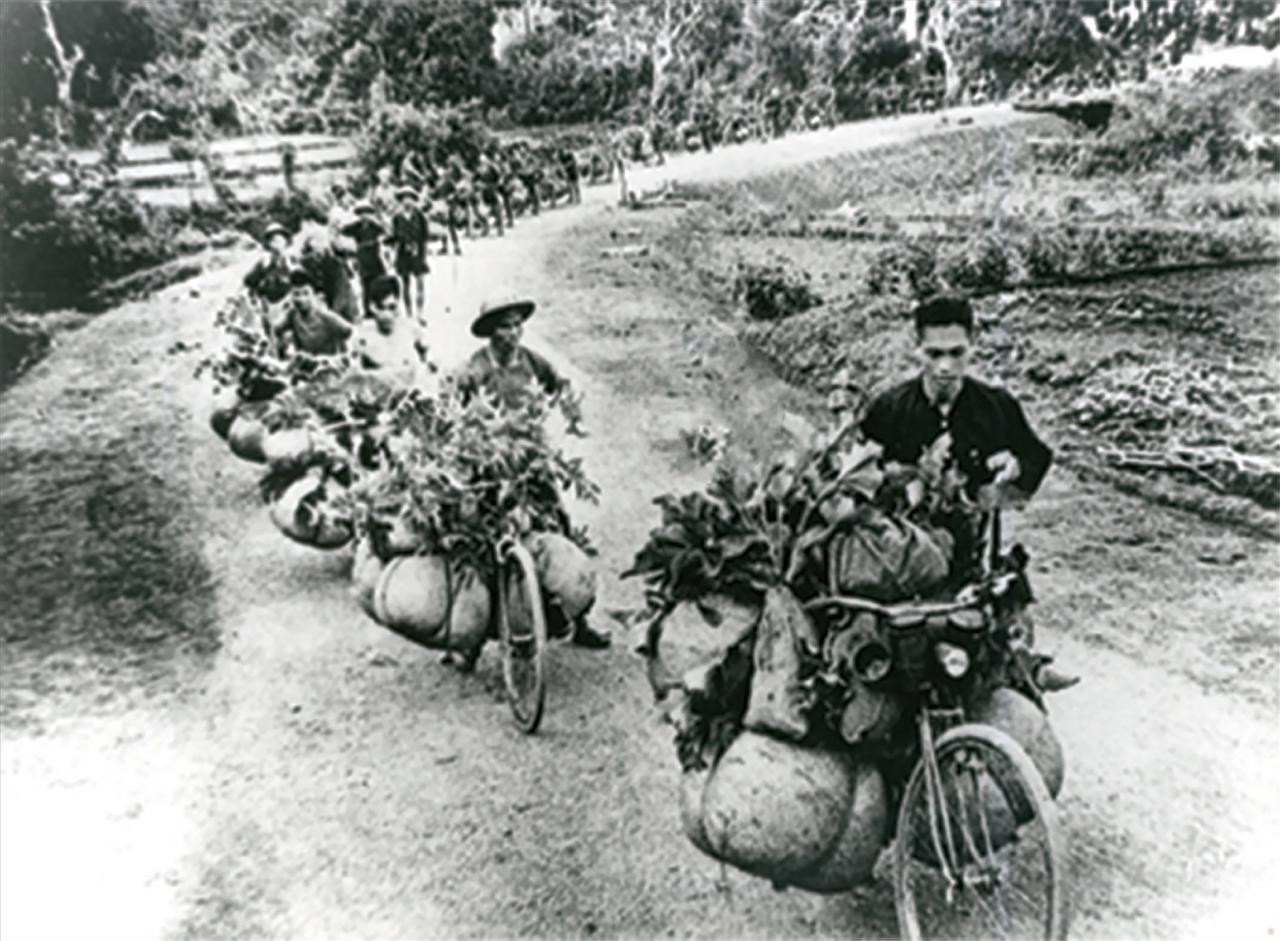
The ancient land of Dien Bien was once a place with a lot of land and wealth, truly a place where "good land attracts birds". Le Quy Don, a famous historian in the 18th century, wrote in Kien Van Tieu Luc: "This province, with mountains all around, surrounded by rivers, the military post in the middle, flat and fertile land on all sides to the foot of the mountain, all require a day's journey, the farming work is half the work of other provinces, the harvest is twice as much". This place, on May 7, 1954, witnessed the resounding victory of our army and people in five continents, shaking the world after fifty-six days and nights of digging mountains, sleeping in tunnels, pouring rain, rice balls, blood mixed with mud - the victory of Dien Bien Phu.
The roads stretch on endlessly
In this historic victory, one of the important factors that contributed to the victory was the contribution of human and material resources of our entire army and people to overcome all difficulties and hardships to ensure good logistics, provide food, medicine and necessities for the troops on the front lines.
Through major campaigns such as the 1950 Border Campaign, the 1952 Northwest Campaign... our army clearly saw the role of infrastructure and roads in the war every time a major campaign was launched. General Vo Nguyen Giap in Dien Bien Phu - Historical Rendezvous said: we have restored and expanded 4,500 km of roads, including over two thousand km for motor vehicles. At the beginning of the Dien Bien Phu campaign, we repaired the roads from Tuan Giao to Lai Chau; the road from Tuan Giao to Dien Bien Phu (later called Road 42). In particular, the 89 km long Tuan Giao - Dien Bien Phu road is narrow, with many landslides, more than a hundred bridges and culverts are damaged, now it must be expanded to be wide enough not only for transport vehicles but also for artillery tractors. When switching to "fighting firmly, advancing firmly", a new requirement appeared: building a road to transport artillery by car from km 62 to the battlefield, nearly as long as the road from Tuan Giao to Dien Bien Phu, through extremely rugged mountainous terrain.
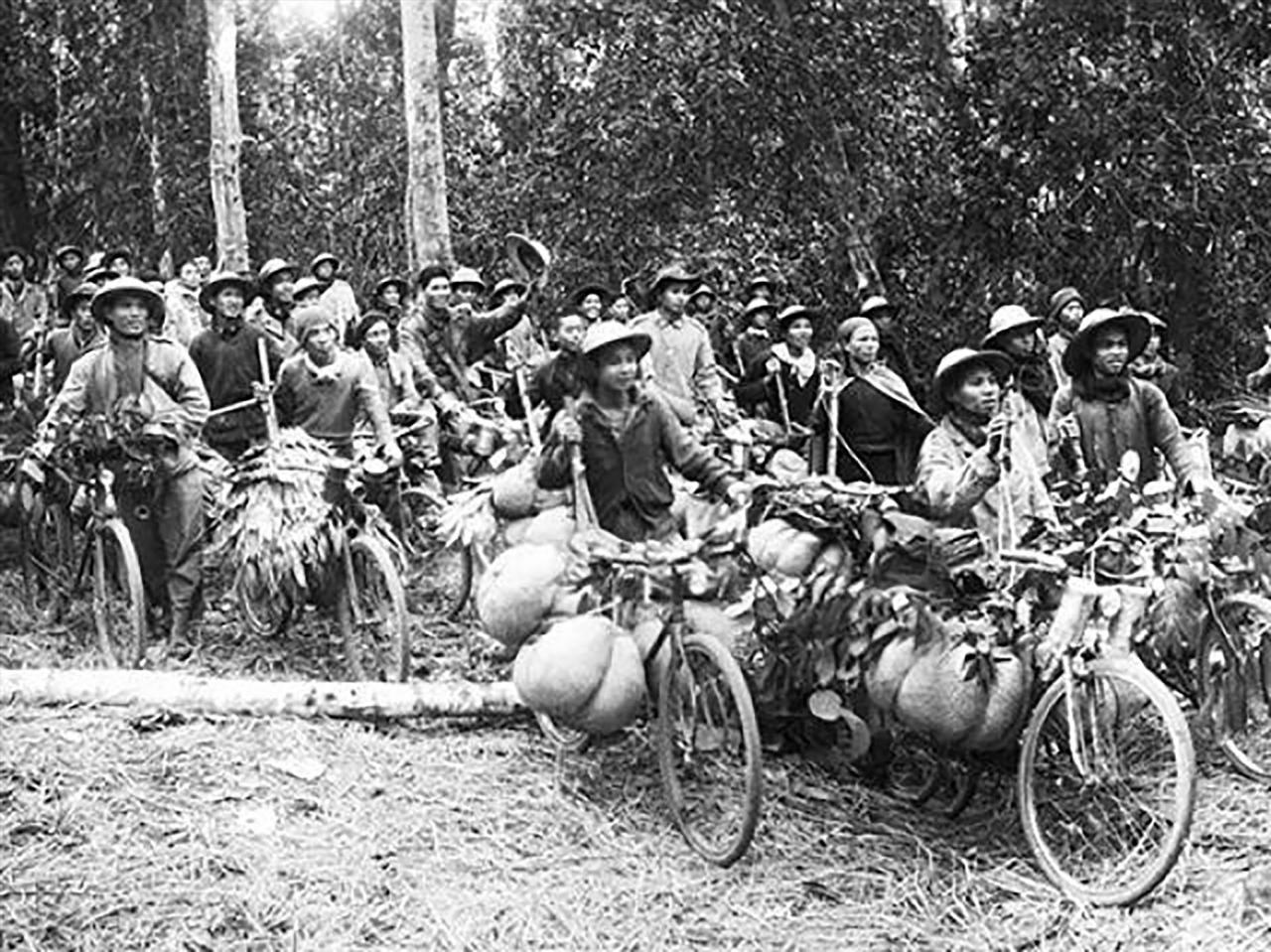
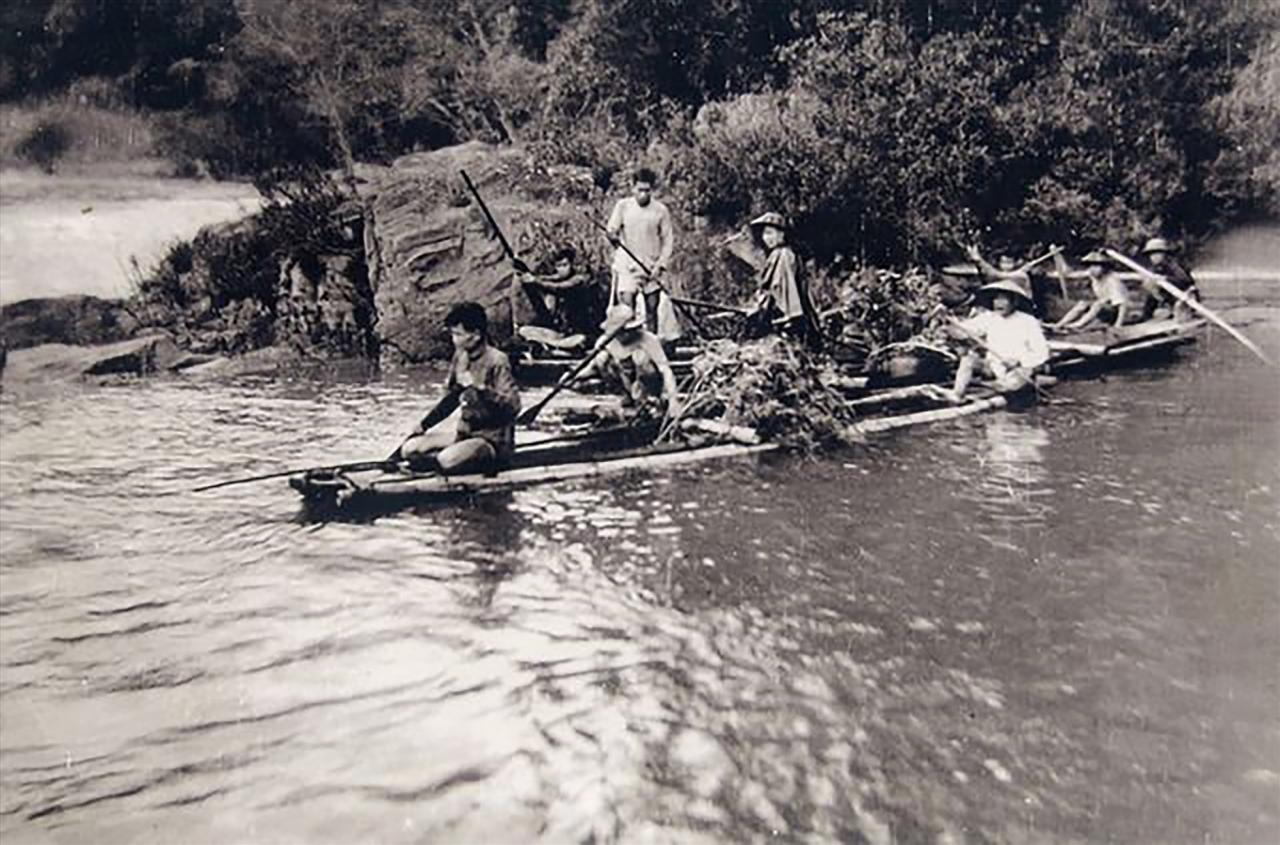
If in World War II, in Myanmar, the US army with modern technical facilities had to spend 18 months to hastily build a 190 km long road (Ledo Road) without any enemy obstruction. We only had a very short time to build 160 km of road right at the front line under the constant bombardment of aircraft and artillery, with only hoes, shovels and a little explosives in hand.
We also focused on exploiting the river routes. This is an important supply route, but up to now, it has not been exploited much because there are too many fierce rapids on the river. We have had experience in overcoming rapids on the Ma River during the Upper Laos campaign. After a period of destroying rapids with explosives, the load of the rafts increased threefold, the number of people operating the rafts from three to four people, reduced to one person. The female laborers from Thanh Thuy, Phu Tho, who were very afraid of the rapids at first, later each person operated a raft down the rivers.
The power of the bicycle
General Navarre once commented: “General Giap’s forces will not be able to receive reinforcements of weapons, ammunition and food. Carrying thousands of tons of goods through hundreds of kilometers of dense forest to support a fighting force of about 50,000 people is an insurmountable challenge.”
At the front lines, where motorized vehicles could not be used, the main means of transportation was still to be carried on foot. The roads to the front were located between the craters of bombs, withered trees and grass, deserted and silent during the day, as if they came back to life when the sun had just set. Groups of people followed each other like water towards the front lines, everywhere echoed the sounds of cheers and songs expressing the determination to overcome all difficulties and the affection for those fighting at the front.
Under the direct guidance of the Front Supply Councils, our entire army and people overcame all difficulties and hardships to ensure the supply of food and ammunition to serve the front. We advocated transport by motor vehicles as the main means, but did not forget to exploit and use primitive means of transport such as: pack-carts, horse-drawn carts, buffalo carts, wheelbarrows, rafts, etc. The number of pack-bikes ensured 80% of the campaign's logistics volume. Pack-bikes were mobilized to the maximum, the number reaching 20,000.
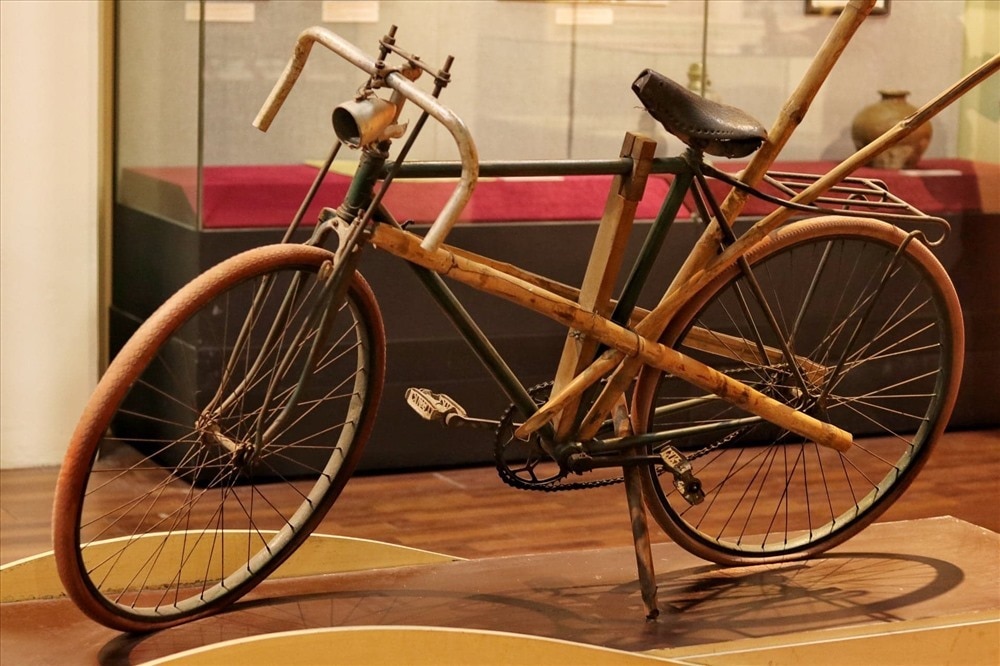
A pack bike has an average carrying capacity of 50 kg to 100 kg, equivalent to the carrying capacity of 5 people, faster speed and can transport bulky materials, liquids such as gasoline and oil.
Each pack bike initially carried 100 kg, then continuously competed in carrying goods by bicycle, increasing to 200 - 300 kg with a record of a pack bike carrying up to 352 kg set by soldier Ma Van Thang (Phu Tho Group).
It can travel on a variety of roads and terrains that cars cannot. Some of the advantages of the bicycle pack include not needing fuel, easy repair, the ability to camouflage, and the ability to move independently or in groups in all weather conditions. Bicycle pack forces are usually organized into local groups, with each group consisting of several platoons and each platoon having 30 to 40 bikes. The bikes are divided into groups of about 5 bikes to support each other when going over steep passes or slopes. In addition, each bicycle pack group also has a special vehicle to carry spare parts and repair tools when needed.
The productivity of a bicycle-based pack-bike is more than ten times higher than that of a porter on foot; the amount of rice eaten along the way for the carrier is also reduced by the same amount. The superiority of the pack-bike lies in its ability to operate on routes that cars cannot travel. This means of transport caused great surprise to the enemy, upsetting their previous calculations.
In the final days of the campaign, convoys of cars, boats, horse-drawn carts, especially tens of thousands of bicycles from the liberated areas, the newly liberated areas of the Northwest as well as the areas behind the enemy's lines, enthusiastically crossed forests and streams to serve the front line. The supply lines of our army and people were hundreds of kilometers long from Thanh Hoa, Phu Tho to the Northwest, the convoys of frontline laborers crossed mountains and forests, passing through steep and dangerous mountain passes day and night, and were provided with an endless supply of goods by enemy aircraft for the large front line.
All for the front, all for victory
Responding to the call of the Party Central Committee and President Ho Chi Minh, our entire army and people concentrated human and material resources to support the Dien Bien Phu front. With combined strength, solidarity, and unity to overcome difficulties and hardships, the young Democratic Republic of Vietnam under the leadership of the Communist Party of Vietnam achieved final victory.
This frontline support work demonstrated the achievements built over 8 years of resistance. The rear not only met the highest demands for people and materials for the frontline but was also ready to fight to protect itself if the enemy attacked while the troops were at the front. People from Nghe An, Ha Tinh, and Quang Binh provinces were assigned to serve the campaigns in Central and Lower Laos. This front alone mobilized 54,000 laborers, with nearly two million workdays, over two thousand bicycles, and one and a half thousand boats.
In the North, Thanh Hoa became the main supplier for the campaign. Thanh Hoa provided manpower and resources mainly for the final general attack on enemy positions, ensuring the victory of the attack. The number of Thanh Hoa laborers mobilized in the third phase of the campaign reached a record level: 120,000 people, including 25,000 female laborers. In all three phases, Thanh Hoa mobilized 178,924 long-term and short-term laborers for the campaign, nearly 70% of the total laborers in the entire campaign. Thanh Hoa was also the place to collect, nurture, and treat the majority of wounded soldiers and was also the place to re-educate the majority of prisoners of war transferred from the Dien Bien Phu front.
In general, there were many reasons for the victory of the Dien Bien Phu campaign, in which an important and decisive reason was the great support from the rear, both materially and spiritually. For the enemy, their failure had many reasons, including the failure to fully anticipate the supply capacity of our rear to the front line. In the book "The Indochina Tragedy", French authors wrote about General Navarre's mistake: "believing that the Viet Minh could not supply Dien Bien Phu; if they wanted to get there, they would have to eat four-fifths of the food loads, and on the other hand, his air force could destroy the supply lines". Ivon Panhinet, a French scholar, in his book "Seeing Eyes in Vietnam" recorded the lament of a French officer: "Alas! Our aircraft were defeated by the Viet Minh's pair of civilian workers."
Laodong.vn


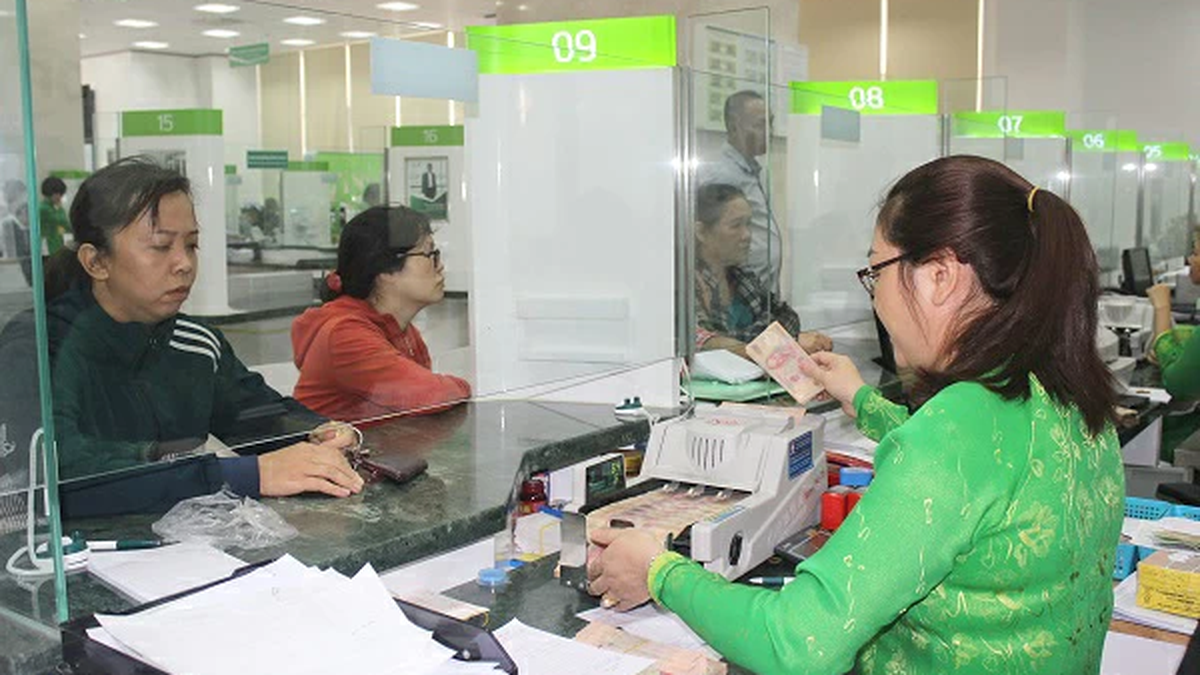

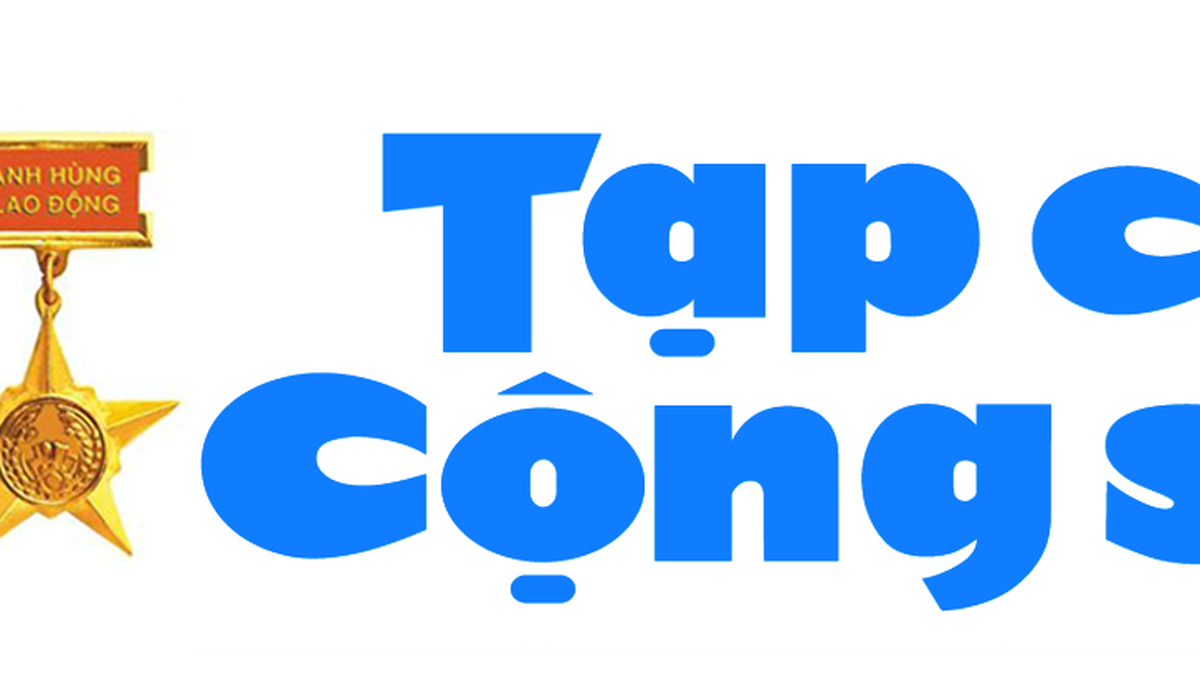




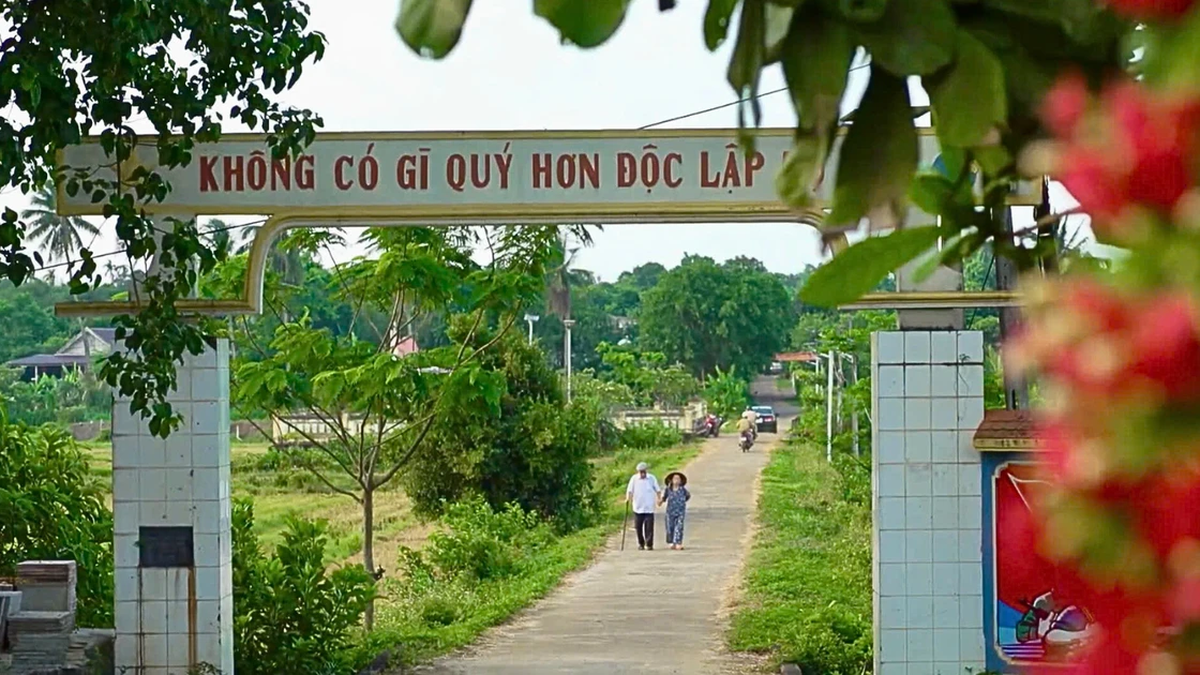
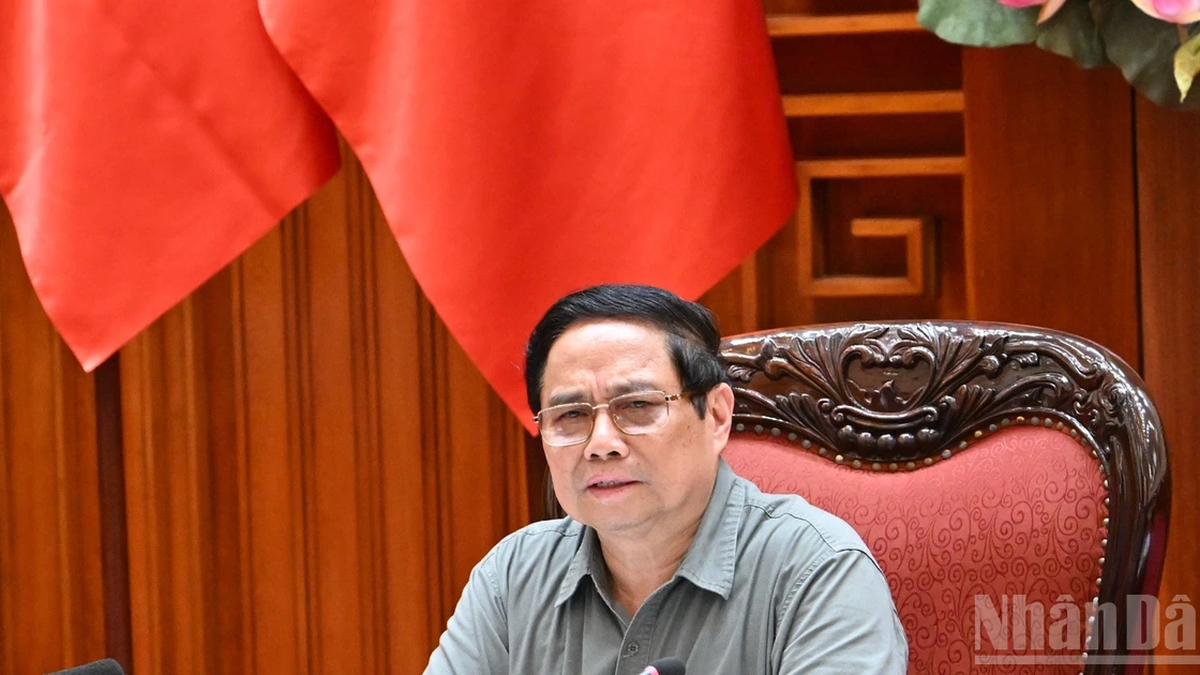
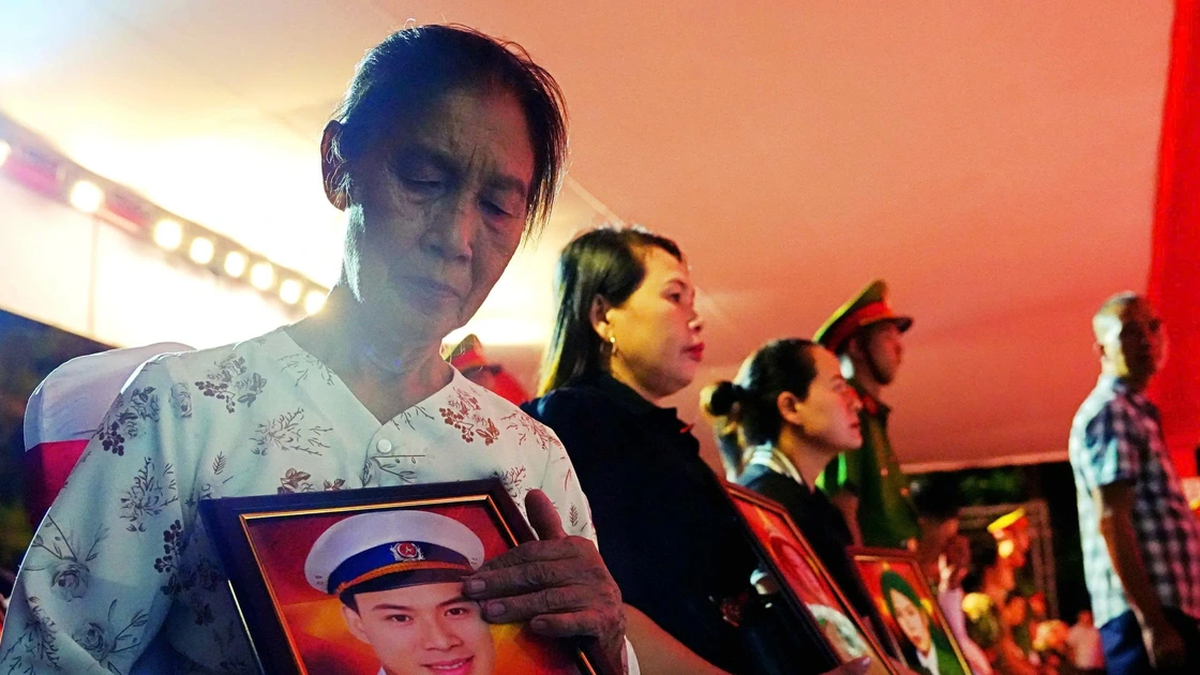










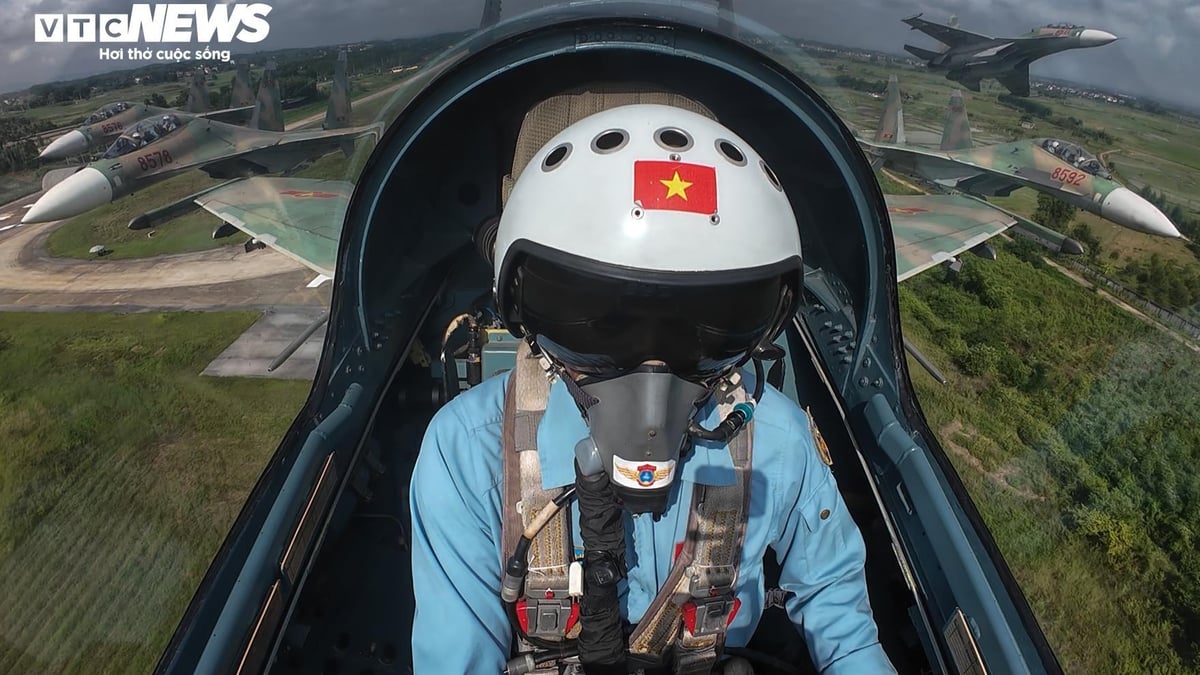
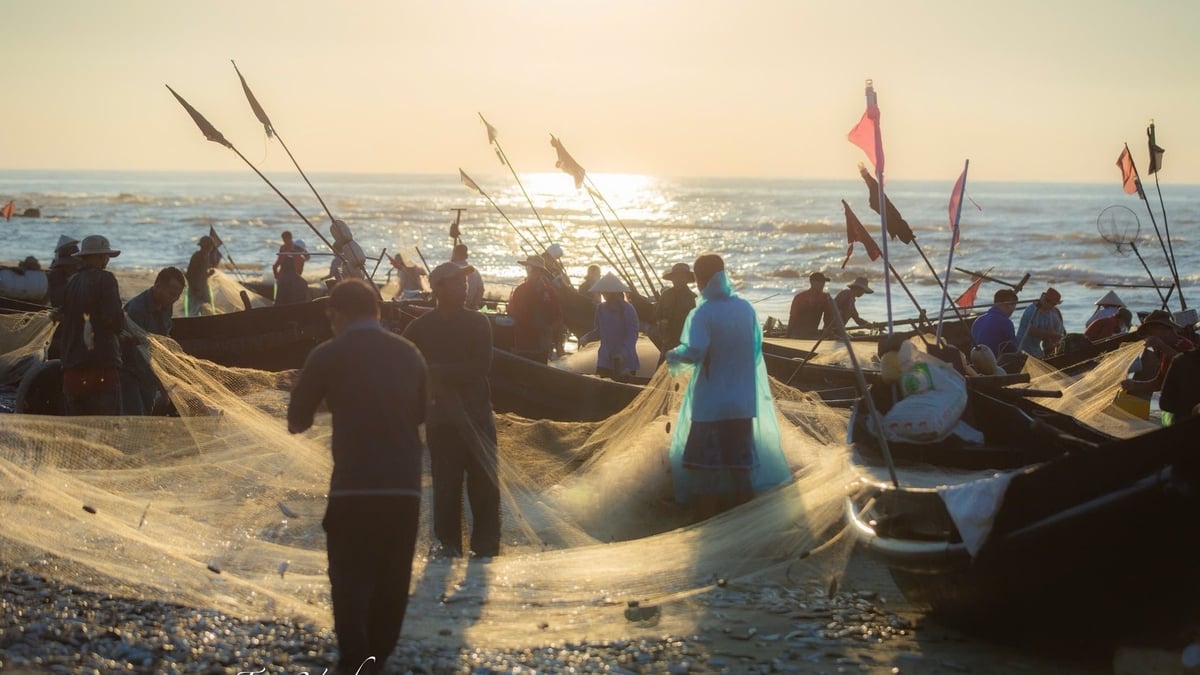

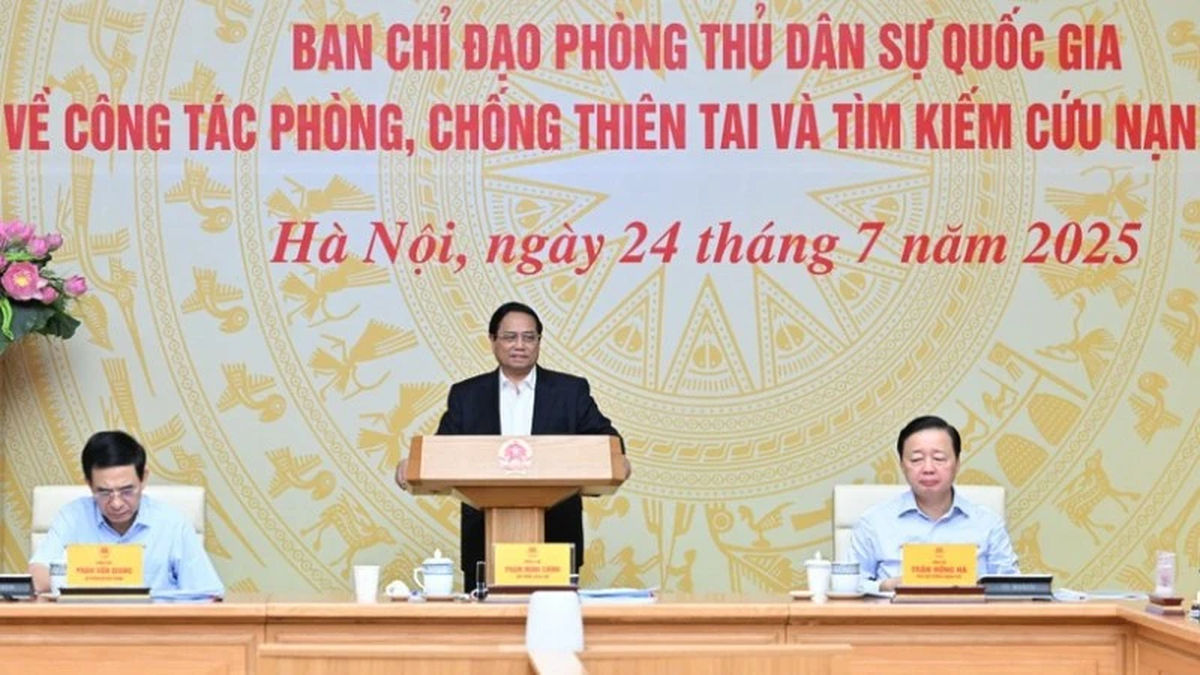
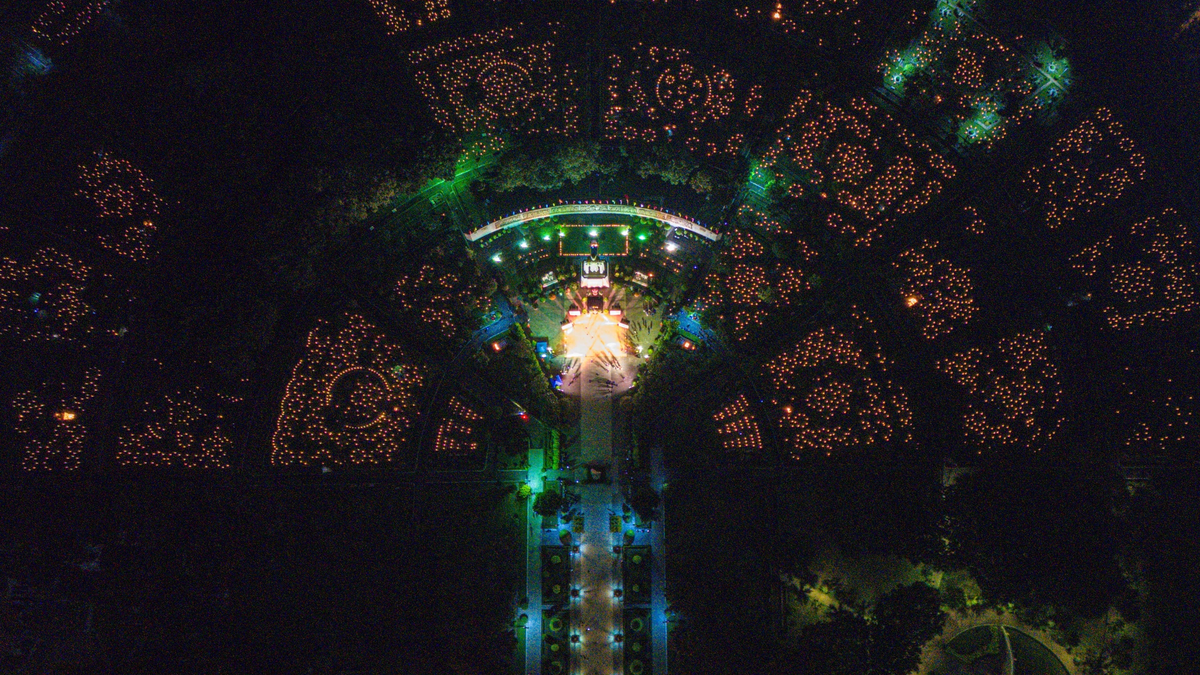

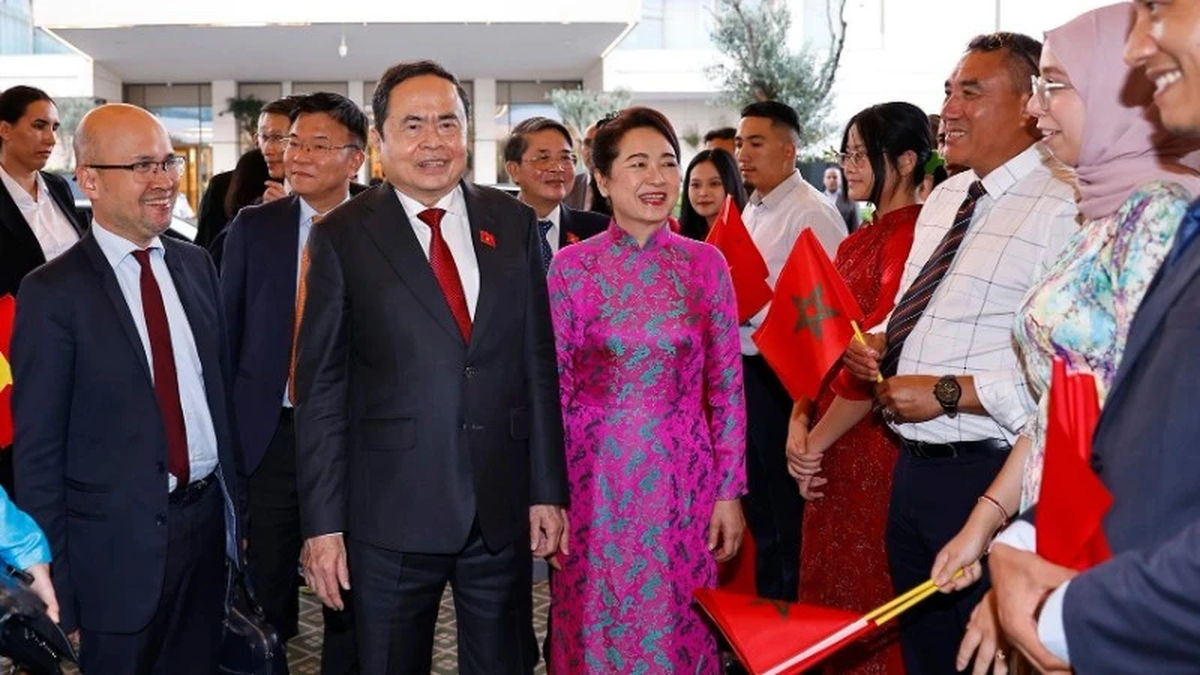
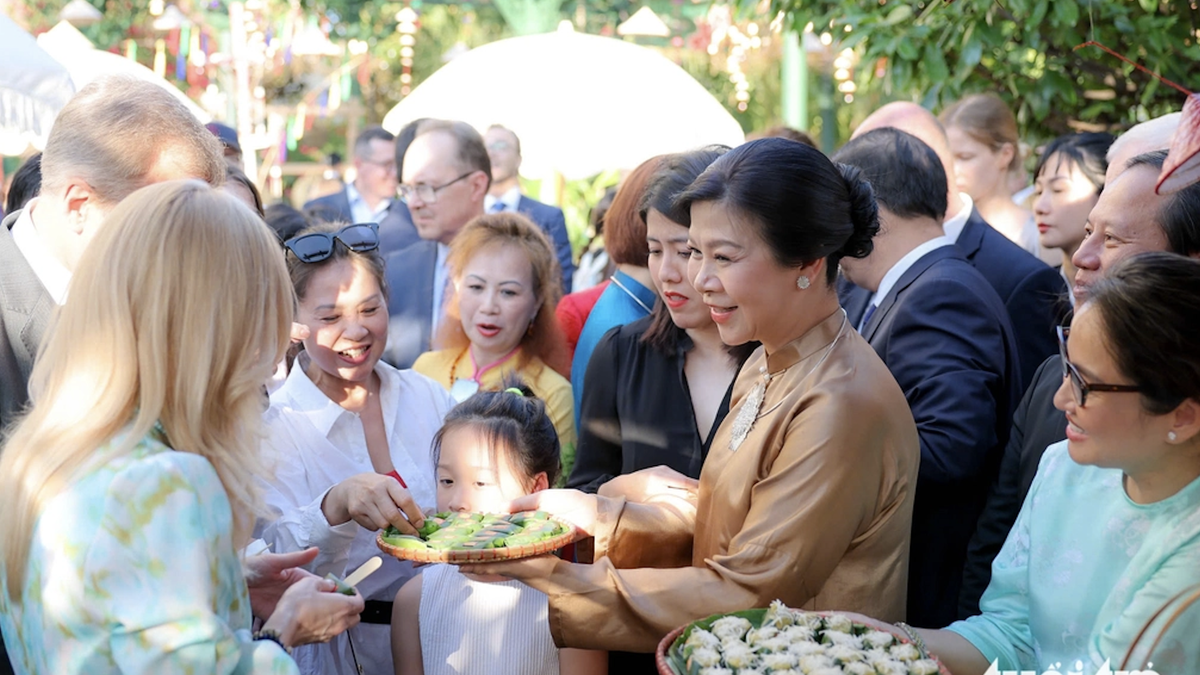

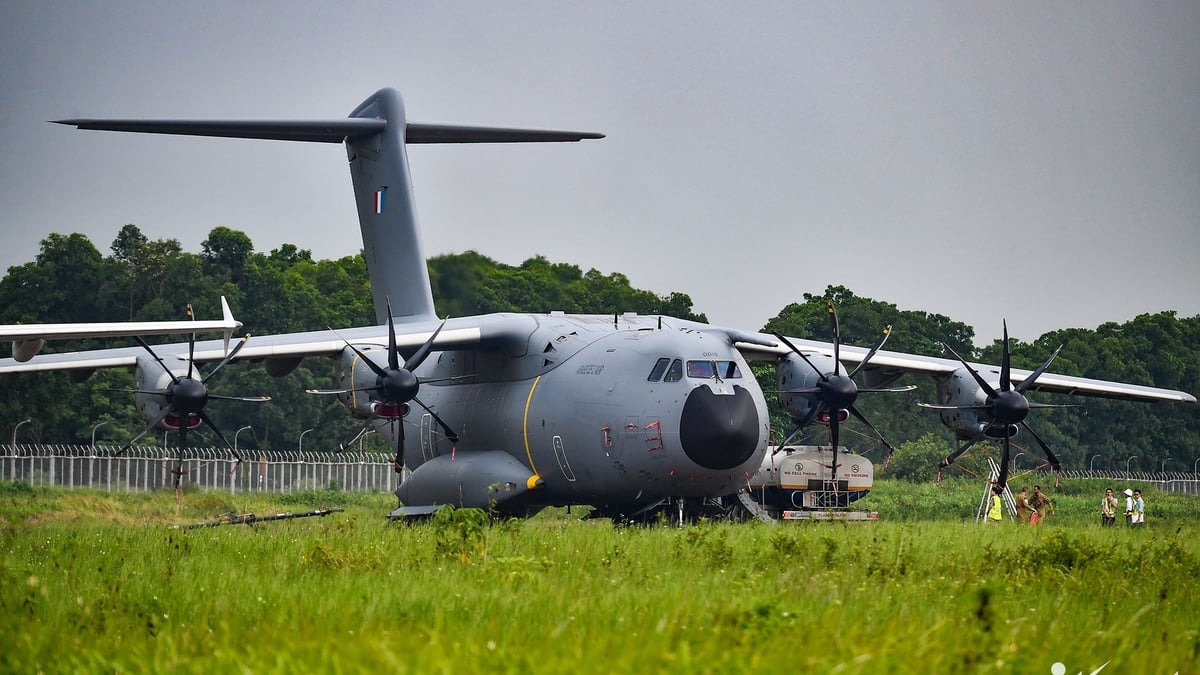
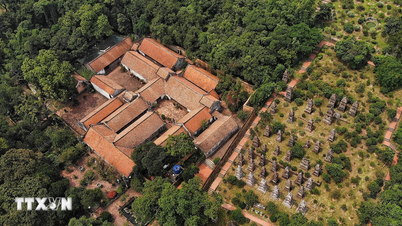



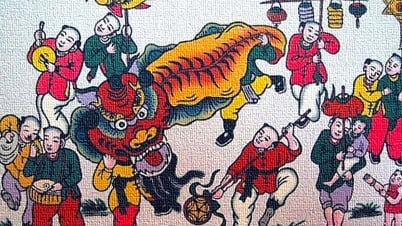

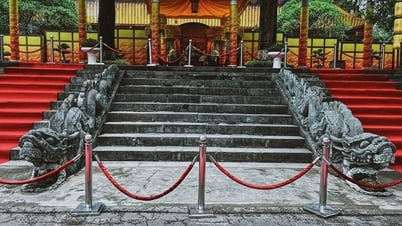



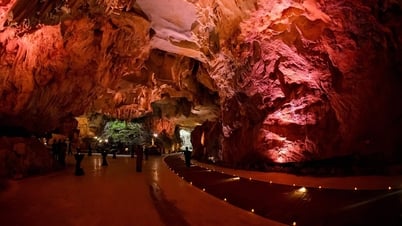


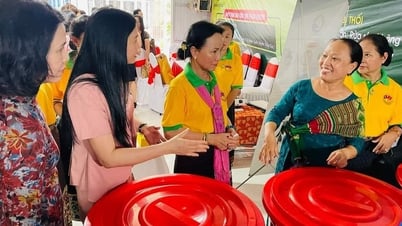


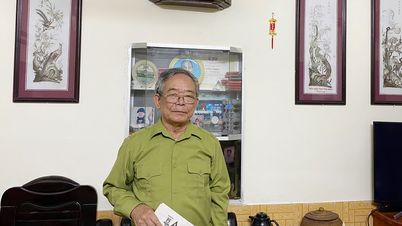

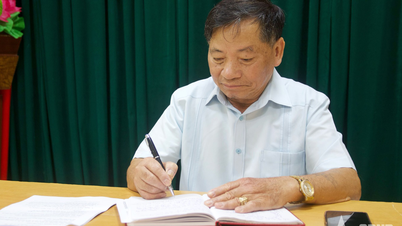


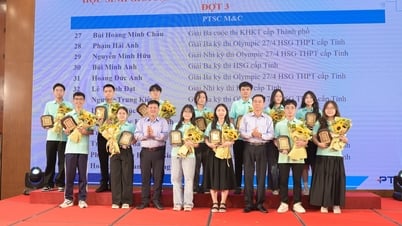

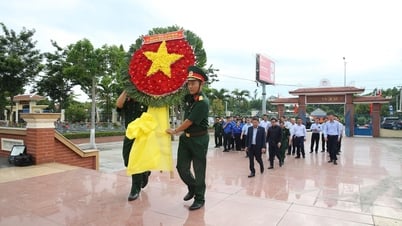






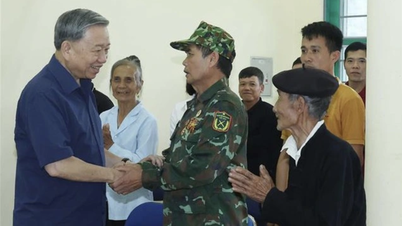
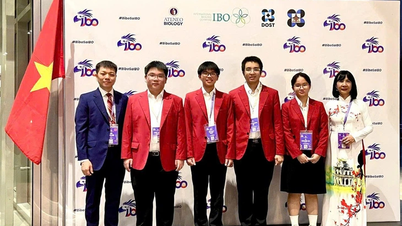
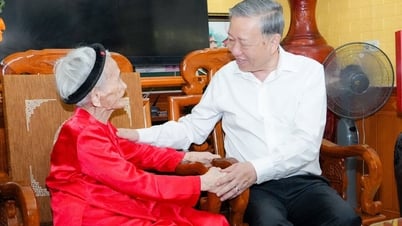
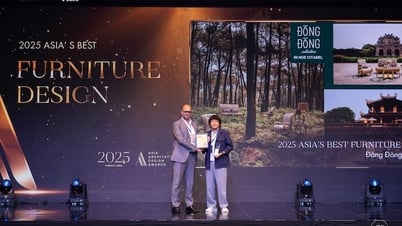

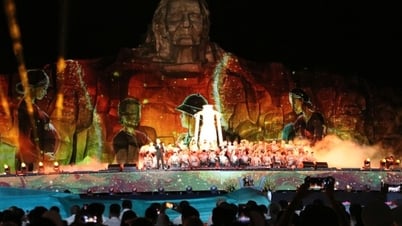

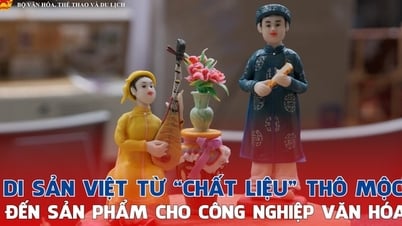
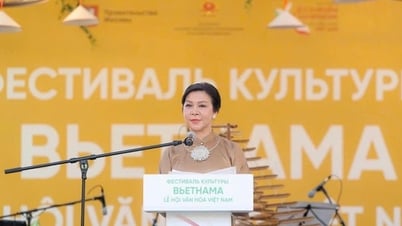
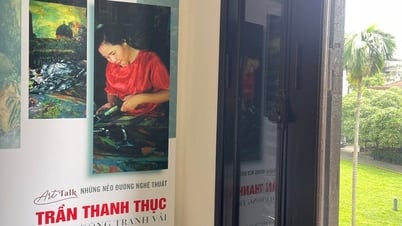
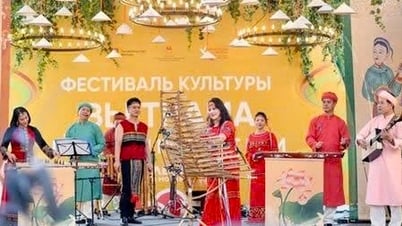
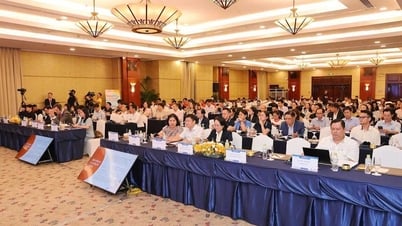




















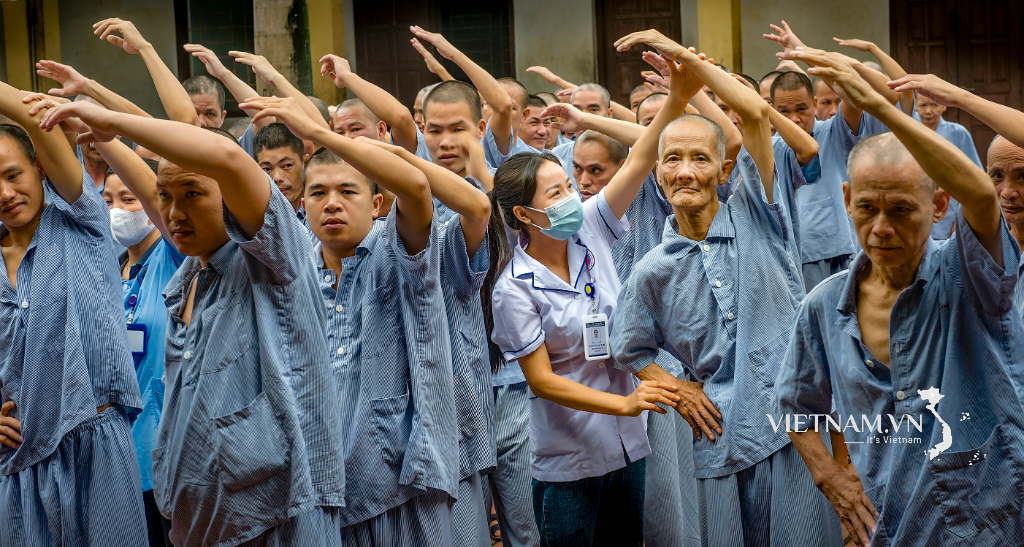
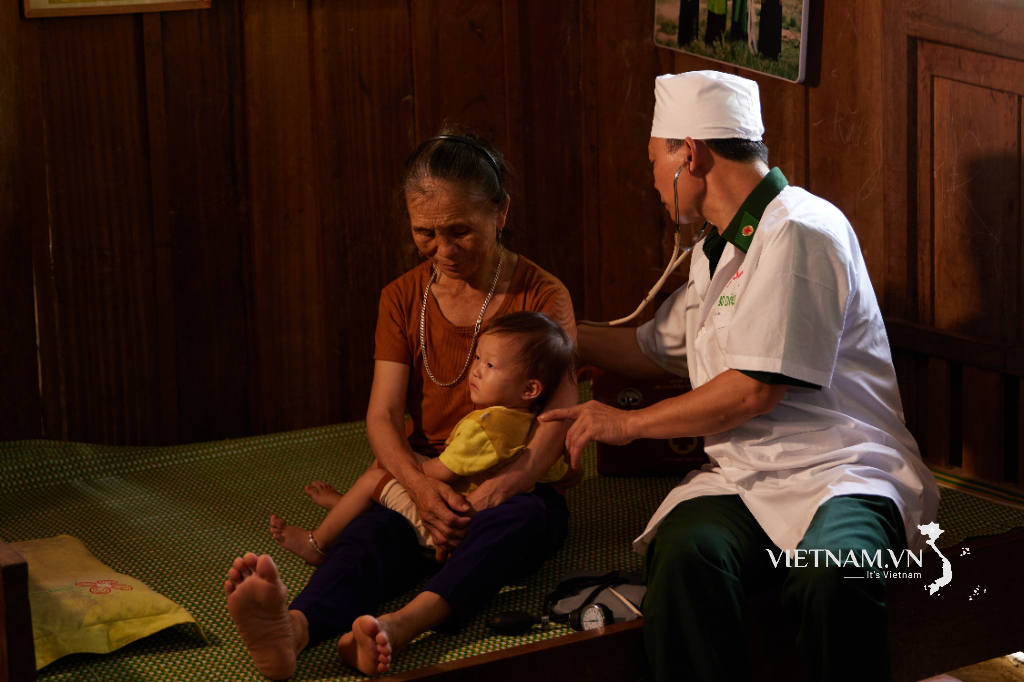
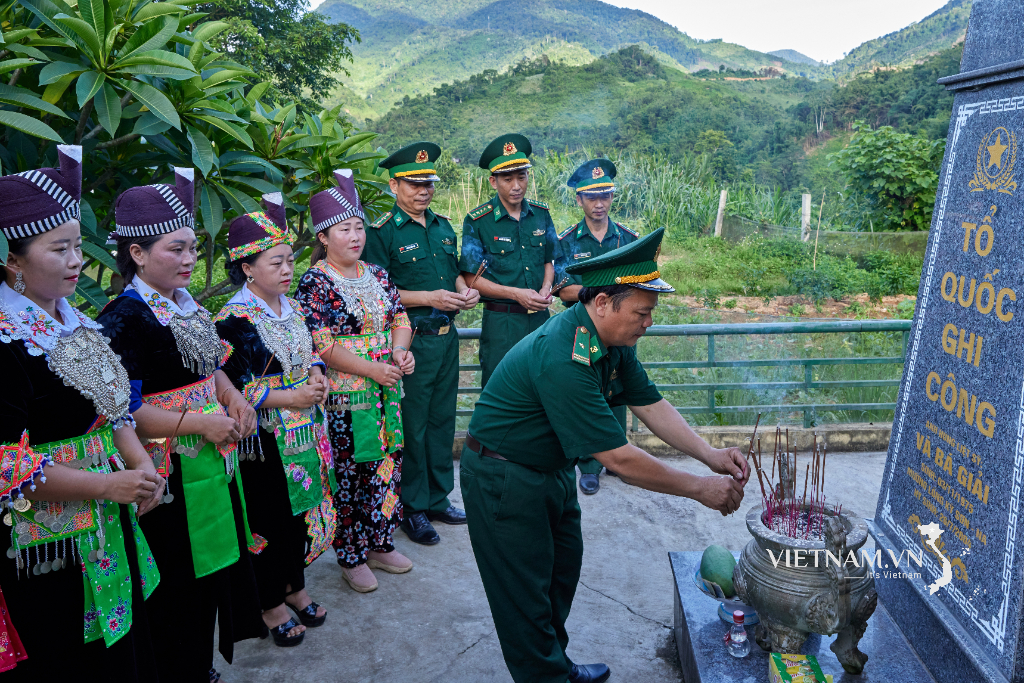

Comment (0)